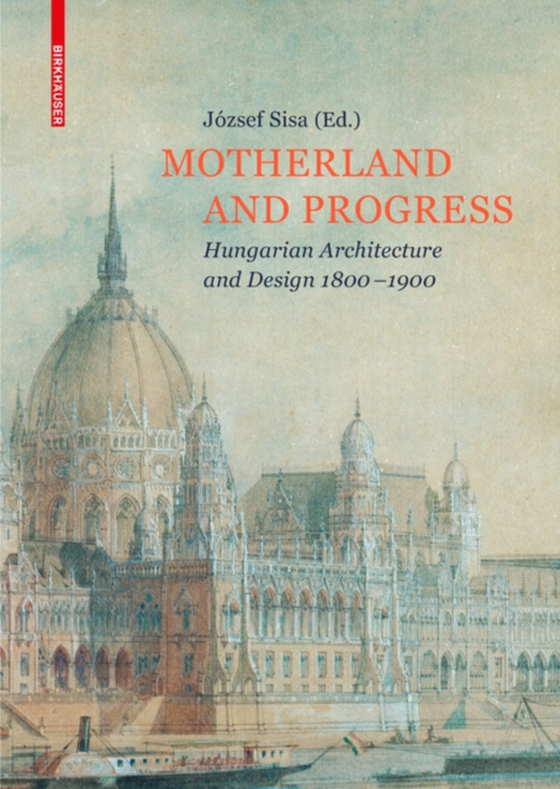
Motherland and Progress e-bog
583,01 DKK
(inkl. moms 728,76 DKK)
In the 19th century Hungary witnessed unprecedented social, economic and cultural development. The country became an equal partner within the Dual Monarchy when the Austro-Hungarian Compromise of 1867 was concluded. Architecture and all forms of design flourished as never before. A distinctly Central European taste emerged, in which the artistic presence of the German-speaking lands was augment...
E-bog
583,01 DKK
Forlag
Birkhauser
Udgivet
21 november 2016
Længde
996 sider
Genrer
ACVC
Sprog
English
Format
pdf
Beskyttelse
LCP
ISBN
9783035610109
In the 19th century Hungary witnessed unprecedented social, economic and cultural development. The country became an equal partner within the Dual Monarchy when the Austro-Hungarian Compromise of 1867 was concluded. Architecture and all forms of design flourished as never before. A distinctly Central European taste emerged, in which the artistic presence of the German-speaking lands was augmented by the influence of France and England. As this process unfolded, attempts were made to find a uniquely Hungarian form, based on motifs borrowed from peasant art as well as real (or fictitious) historical antecedents. "e;Motherland and Progress"e; - the motto of 19th-century Hungarian reformers - reflected the programme embraced by the country in its drive to define its identity and shape its future.
 Dansk
Dansk

